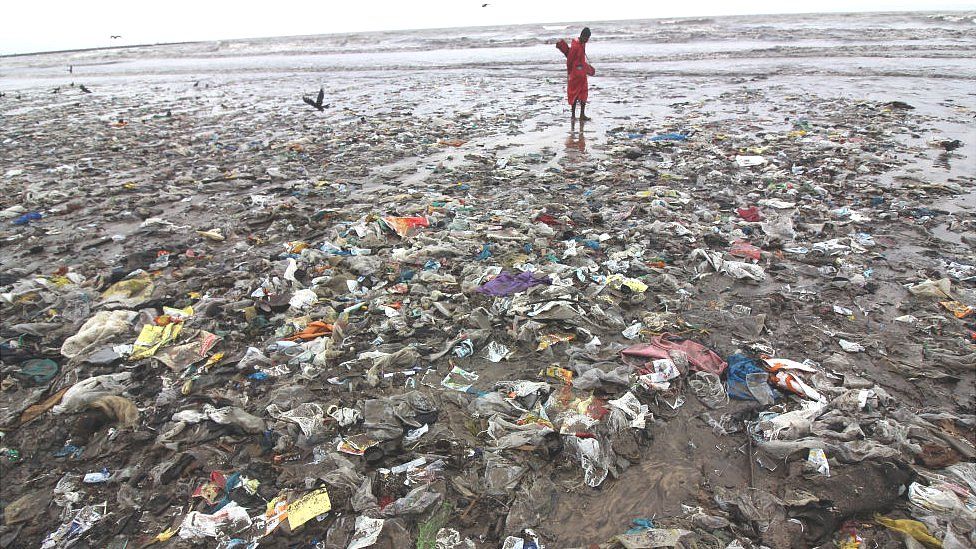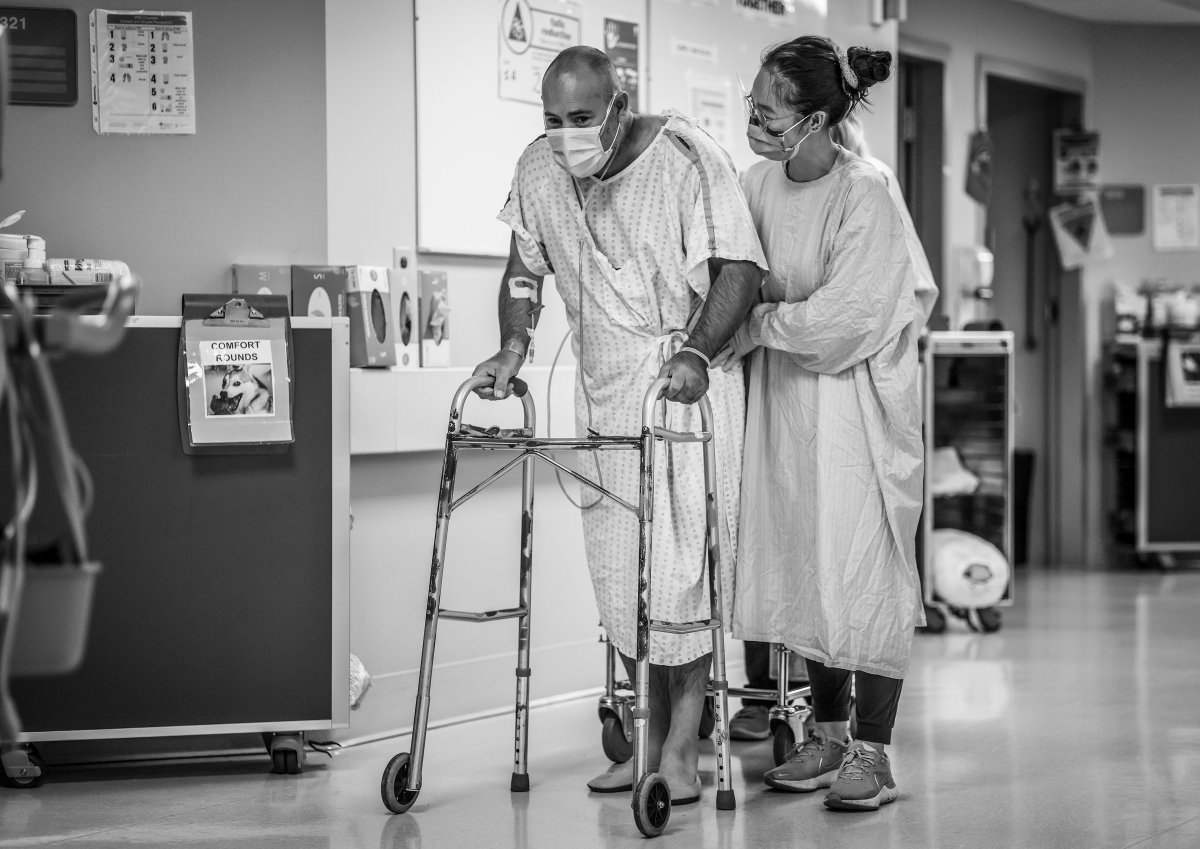
Mon., September 27, 2021,
Every week in 2020, 15-year-old Amelia Penney-Crocker wrote a letter to Justin Trudeau urging the prime minister to take action on everything from a just recovery for oil and gas workers to more investment in clean energy.
On Friday, Penney-Crocker voiced many of those same concerns to a crowd of cheering young people in Halifax, N.S., part of just one chapter of the latest worldwide Fridays for Future school climate strike, which brought hundreds of thousands of people in over 80 countries onto the streets for climate justice.
Several thousand people in Toronto joined the global protest too, converging outside the Queen’s Park provincial legislative building to hear speeches before marching past city hall and the Bay Street financial district. They and their peers around the world are demanding all levels of government, as well as banks and other corporations, do much more to keep fossil fuels in the ground, respect Indigenous sovereignty, make low-carbon transport more accessible, and invest in energy efficiency and renewable energy.
Sigfried Niklavs Hemming, an 18-year-old organizer of the Toronto chapter, says it makes him angry and frustrated that political and business leaders are not viewing the climate crisis with the urgency it deserves.
“It can definitely get discouraging sometimes, especially when we see the same mistakes made by leaders over and over and over again,” they said, noting the COVID-19 pandemic had shown what can be achieved when those in power identify something as a crisis.
“You can do what we're asking you to do. You're just not,” he said.
The co-ordinated global event took place as world leaders meet at the UN General Assembly in New York City, and a little over a month before the UN’s 26th annual climate conference, or COP (short for Conference of the Parties), which seeks to set a global climate action agenda and provide a framework to hold countries accountable.
The strike’s theme was #UprootTheSystem — a call not only for wealthy countries to drastically reduce emissions, but for climate finance to be directed where it will help those people and places most affected, and for a reassessment of the broader systems of capitalism, colonialism, and patriarchy that have helped create our warming planet.
Climate finance is set to be front and centre at COP26. One of the event’s four goals is to complete a promise from rich countries to put forward at least $100 billion in climate finance per year by 2020.
“(These) are economic, social systems that cause climate change. But even if we stop climate change, they’ll still exist, and they could cause another crisis,” said Penney-Crocker, who helped organize the Halifax event.
“So what we’re saying is that we need to change our systems … to fix the massive humanitarian crises going on right now.”
The students who addressed the Nova Scotia crowd spoke often about pushing their provincial government to be more ambitious in its commitments to reduce greenhouse gas emissions. Nova Scotia’s 2019 Sustainable Development Goals Act, also known as Bill 213, seeks to reduce emissions to 53 per cent below 2005 levels by 2030 and reach net-zero by 2050, but environmental groups such as the Ecology Action Centre say those targets aren’t bold enough — pushing for 58 per cent below 2005 levels by 2030.
University students, high-schoolers, and children showed up at Halifax’s Victoria Park and marched through downtown to the Nova Scotia House of Assembly, then to Nova Scotia Power and back.
One of the ancillary demands of the Toronto protest was for the municipal government to end the forcible eviction of people living in encampments and to provide safe and dignified housing, a sign of the growing alignment of the climate movement with other social justice movements.
“If you are wondering why a climate movement is talking about housing justice, it's because we know that marginalized folks, including those without homes, are most at risk from the effects of climate change,” Chloe Tse, a 20-year-old organizer with Fridays for Future Toronto, told the crowd.
Another Toronto organiser, 16-year-old Aliya Hirji, first got involved with the group last summer and has enjoyed being part of a youth movement striving for a better future, even though it is not always easy.
“At times I have felt really upset and not listened to, especially throughout the pandemic where we can't gather together,” she said. “It does feel hopeless sometimes, but I always know that there are people around me fighting for the same cause, and we're always there to support each other.”
Editor's note: This article has been updated to fix the attribution of the quote in the 15th paragraph.
Morgan Sharp, Local Journalism Initiative Reporter, Canada's National Observer
























![author['full_name']](https://clf1.medpagetoday.com/media/images/author/Putka_Resize_96.jpg)